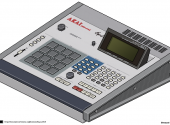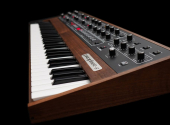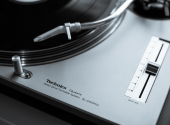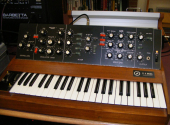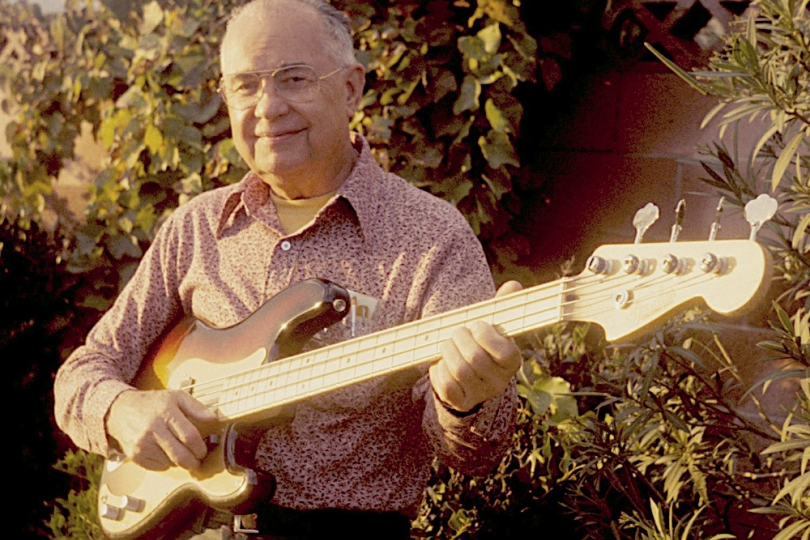
The Gear That Made Us #2: Fender Precision Bass
Originally designed over 70 years ago, the Fender Precision Bass or P-Bass has been used to provide the low-end for countless hit tracks ever since early rock and roll pioneers began to see its potential in the '50s. Join me in this article to explore some of the early hits that feature its classic sound, as well as the innovations that it helped bring to the scene in the second instalment of The Gear That Made Us.
Setting the standard
Inducted into the Rock and Roll Hall of Fame one year after his passing in 1992, Clarence Leonidas Fender—otherwise known as Leo Fender—originally got into the music business by starting his own radio repair shop. Later on, after selling PA systems, he would notice that there was a need for a more accessible guitar, which eventually led to two contrasting but equally well-received electric bass guitar styles.
The first of these bass guitars was the Fender Precision. Conceived as a solution for frustrated double bass players trying to hear themselves over loud electric guitar amplifiers, with this new instrument suddenly the bass players of the time could not only plug into an amplifier but were also able to transport their pride and joy in a much more convenient fashion than the bulky double bass allowed for. The fretted neck helped players have much more "precision" with their playing and the whole thing could be strapped over one's shoulder simply.
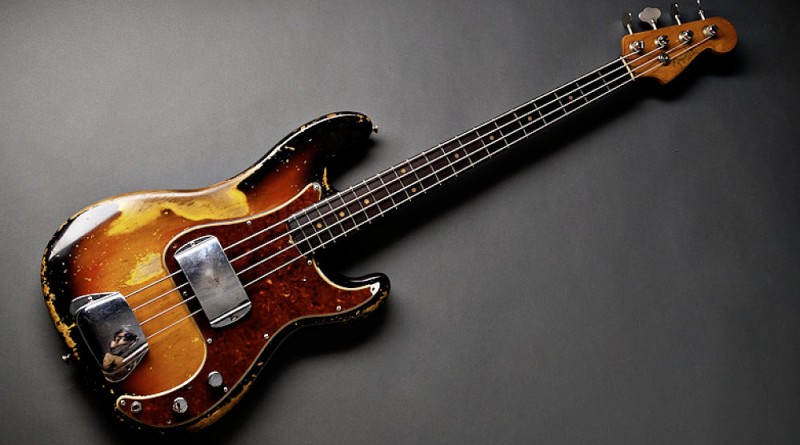
While there would be another bass designed and sold by Fender known as the "Jazz Bass" a little later, the P-bass set the standard for what bass playing could be, was the first to earn widespread use and remains the best-selling and most imitated electric bass of all time.
Less noise, more music
While it was Gibson who first invented the "humbucker"—a pickup to help overcome noise caused by electromagnetic interference—it was the Precision that was instrumental in popularising the use of multiple coils on a bass. Perhaps most notable is the fact that the inclusion of two coils greatly helped the instrument's tone to have punch in the bottom end but clarity on the high end.
The 1957 version of the instrument (sometimes referred to as the standard post-1957 configuration) is where these developments took place. What was unique to Fender’s approach was that while there were two pickups used together (as in the case of the humbucker), the two pickups were misaligned so one spanned the E and A strings and the other the D and G. This was known as a "split-coil" pickup and allowed for the effective cancellation of electromagnetic disturbances whilst helping to generate a sound signal and tone closer to the standard single-coil pickup. This "P-Style" pickup is often regarded as the critical ingredient for the instrument’s sound and today you can see many instances of the design on other basses.

Motown Movements
When it comes to the P-bass, it is important to mention that it arrived on the scene at a time when new genres were being explored away from the more traditional jazz and blues. Incorporated in the spring of 1960 in Detroit, the Motown label would prove to play a key role in creating equal opportunities for African Americans to make their mark on popular music—one of whom was called James Jamerson.
Although he declined a scholarship opportunity to study music at university, Jamerson was one of the upright bass players who would choose to transition towards using the more versatile Fender Precision and would later go on to influence greats such as Paul McCartney, Marcus Miller, and John Paul Jones. It is evident that Jamerson took a liking to the P-Bass early on as even though his first 1957 version (nicknamed Black Beauty) and following sunburst Precision were both stolen, he later got a third which he called The Funk Machine. Sadly, this too was stolen just a few days before Jamerson passed away.
It is interesting to note that Motown didn't actually list any session musician credits until 1971. Despite this and while uncredited officially, it was Jamerson who was using the P-Bass on notable tracks such as “My Girl” by The Temptations, “I Heard It Through the Grapevine” by Marvin Gaye and “Bernadette” by Four Tops. The somewhat "bouncing" but smoothly syncopated playing style of Jamerson seems to marry perfectly with the prominent but mellow tone of the Precision—a style that many bass players of today strive to emulate.
A Timeless Love
Although in today's times, there are more options than ever for the aspiring or professional bass player, it is a testament to Leo Fender’s original vision concerning the Precision that has enabled it to become such a loved and trusted instrument.
A bass that has found success contributing to multiple genres and with a simple yet striking aesthetic, the P-Bass gets the job done. More recent artists that have enjoyed using the Fender Precision include Nate Mendel from the Foo Fighters, Brian Wilson from the Beach Boys, Sting from the Police, Steve Harris from Iron Maiden, George Murray from the Bowie era, and Roger Waters of Pink Floyd.
So what do you think of the P-Bass? Does it deserve to be the best-selling bass of all time? Let us know in the comments below.
If you have found an error or typo in the article, please let us know by e-mail info@insounder.org.


